
On August 2, The Skies Will Darken for 6 minutes-Earth’s Longest Total Solar Eclipses In A Century Is coming in 2027!

The Great North African Eclipse of 2027: A Celestial Spectacle for the Ages
On August 2, 2027, parts of Europe, North Africa, and the Middle East will be treated to a rare and unforgettable phenomenon: the longest total solar eclipse visible from land in over 100 years. For up to six minutes and 23 seconds, the Moon will pass directly between Earth and the Sun, completely obscuring our star and plunging daytime into eerie twilight. It’s a moment that will unite scientists, skywatchers, photographers, and curious travelers in collective awe.
Nicknamed the “Great North African Eclipse,” this event is more than just a spectacle—it is a perfect alignment of celestial mechanics, a landmark opportunity for solar science, and a cultural moment steeped in both history and modern-day fascination. Whether you’re a seasoned eclipse chaser or a first-time observer, this rare convergence promises to leave an indelible mark on all who experience it.

A Perfect Celestial Storm: Why the 2027 Eclipse Is So Unique
What makes this eclipse so extraordinary is not just its breathtaking length but the rare combination of astronomical conditions that make such an extended period of totality possible. Most total solar eclipses last between two and three minutes; this one will more than double that.
Three major factors are at play:
-
Earth at Aphelion: On August 2, Earth will be at its farthest point from the Sun in its elliptical orbit. This causes the Sun to appear slightly smaller in the sky, making it easier for the Moon to completely cover it.
-
Moon at Perigee: At the same time, the Moon will be at its closest point to Earth, appearing larger than usual. This perfect juxtaposition allows it to cast a larger and darker shadow over Earth.
-
Equatorial Eclipse Path: The eclipse's path hugs Earth's equator, where the planet’s rotational speed is highest. This slows down the apparent movement of the Moon's shadow, maximizing the duration of totality.
Because of these intersecting factors, some locations—such as Luxor, Egypt—will experience more than six minutes of total darkness, a rarity that won’t be matched again from land until 2114, according to NASA. This extraordinary window gives scientists and observers alike a rare chance to study and experience a full solar eclipse at its most dramatic.
Following the Shadow: Where and When to See It
The 2027 eclipse will trace a dramatic arc from the Atlantic Ocean across parts of southern Europe, North Africa, and the Middle East before finally fading over the Indian Ocean. This makes it one of the most geographically widespread and accessible eclipses in recent memory.
Europe: The First Glimpse
The eclipse will first make landfall in southern Spain, passing over cities like Cádiz and Málaga, where observers can expect over four minutes of totality in the early afternoon. From there, the shadow moves swiftly eastward across the Mediterranean.
North Africa: The Heart of the Eclipse
This region lies in the “sweet spot” for viewing. Northern Morocco, including cities such as Tangier and Tetouan, will enjoy prolonged darkness. In Libya, Benghazi is set to witness nearly five minutes of totality. But the most striking location will be Luxor, Egypt, where the eclipse reaches its peak duration of 6 minutes and 23 seconds. Clear skies, minimal light pollution, and iconic landscapes are expected to make Egypt the epicenter for scientific teams and eclipse tourists.
Middle East & Horn of Africa: The Final Act
The shadow then glides across southwestern Saudi Arabia, touching cities such as Jeddah and Mecca, before darkening skies over Yemen and northeastern Somalia. While totality here will last just two to four minutes, the celestial show will remain deeply impressive.
Approximate Local Timings of Totality:
-
Spain: 13:30–14:00 CEST
-
Libya & Egypt: 14:00–14:30 EET
-
Saudi Arabia: Around 15:00 AST
The full eclipse event—from first contact to the final exit—will last roughly 2.5 to 3 hours in each region, though only a narrow band about 258–275 kilometers wide will witness full totality. Those outside this path may see a partial eclipse, but much of the world—including the Americas, most of Asia, and Australia—will miss the event entirely.

A Rare Chance for Science: Unlocking the Sun’s Secrets
For solar scientists, the eclipse is a golden opportunity. Unlike space telescopes that struggle to isolate the Sun’s faint outer atmosphere, a total solar eclipse provides a unique window to study the solar corona in real-time.
Probing the Corona
The corona—the Sun’s outermost layer—is an ethereal halo of superheated plasma, only visible during totality. Despite its beauty, it remains one of the least understood regions of the solar system. Why is it so much hotter than the Sun’s surface? How does it shape the solar wind?
According to Dr. Shadia Habbal, a solar physicist at the University of Hawaii, “This eclipse will let us study the corona’s structure and its temperature over six continuous minutes—something that’s incredibly rare and scientifically valuable.”
Studying Solar Wind and Magnetism
The eclipse offers a rare platform for investigating the origin of the solar wind and how magnetic field lines shape its flow. Scientists will deploy specialized equipment—spectrometers, high-resolution cameras, and polarimeters—to collect data that can help forecast space weather, which impacts satellites, communication systems, and even power grids on Earth.
Atmospheric and Ecological Effects on Earth
Eclipses also provide a natural laboratory for Earth-based studies. The sudden darkness can trigger temperature drops, changes in wind patterns, and altered animal behavior. Researchers will track how ecosystems react to the sudden “false night,” offering insights into how quickly living systems respond to environmental shifts.
Global Scientific Collaboration
Agencies like NASA, the European Space Agency (ESA), and research institutions across Africa and the Middle East are already coordinating joint missions. Temporary observatories and mobile units will be deployed across the eclipse path to gather high-quality data in real time. With so many clear-weather zones expected, the data yield from this eclipse could be among the richest in decades.

More Than Science: Culture, Myth, and the Rise of Eclipse Tourism
Solar eclipses are not only rare astronomical events—they are profoundly human ones, touching culture, mythology, emotion, and even spirituality.
Ancient Echoes
In ancient civilizations, eclipses often symbolized divine messages or cosmic battles. The Egyptians believed the Sun god Ra was under attack during eclipses. Greek philosophers, including Plutarch, wrote of the Sun “losing its light in sorrow.” Across North Africa and the Middle East, similar stories passed down through generations, framing eclipses as powerful and mysterious events.
Today, though we understand the science, the emotional intensity of an eclipse remains. The sudden dimming of daylight, the stillness, the temperature drop—it’s an experience that bypasses reason and speaks directly to our sense of awe.

A Boom in Celestial Tourism
The growing field of “eclipse tourism” has turned these events into must-see experiences. In 2017, more than 20 million people traveled to view the “Great American Eclipse.” The 2027 eclipse could surpass that, especially with Luxor’s ancient temples, Spain’s beaches, and Morocco’s desert vistas along the path.
Tour operators are already marketing eclipse cruises, luxury desert camps, and astronomy-themed tours that blend science and sightseeing.
Economic and Educational Opportunities
For host countries, the eclipse offers more than a spike in tourism—it’s an opportunity for public engagement. Cities like Aswan, Marrakech, and Seville are preparing educational campaigns and public viewing events. Hotels, restaurants, and transportation services will see a surge in demand.
However, lessons from past eclipses show the need for thoughtful planning. In 2019, Chile’s Elqui Valley saw overwhelming crowds during an eclipse, straining infrastructure. In 2027, local authorities are working to balance accessibility with sustainability, ensuring long-term benefits.
A Moment of Connection: Why This Eclipse Matters
In a fast-moving world filled with distraction and division, the 2027 eclipse offers something rare: a shared moment of cosmic stillness. For six brief minutes, millions will look up—not at screens or devices—but at the Sun, eclipsed by the Moon in a stunning alignment that speaks to both our insignificance and our interconnectedness.
As psychologist and eclipse researcher Dr. Kate Russo puts it:
“There’s something uniquely humbling and transformative about standing in the Moon’s shadow with others. For a moment, the universe feels closer—and we feel more connected.”
So mark your calendars for August 2, 2027. Whether you’re viewing it from a quiet Spanish village, the golden sands of Egypt, or through a livestream from across the globe, this is not just an astronomical event. It is a rare alignment of wonder, science, culture, and human curiosity—a fleeting reminder of the vast cosmos we all share.
News in the same category


Scientists Warn: Universe’s ‘Self-Destruct Button’ Could Trigger Without Warning

WORLD'S FIRST DATE SOFT DRINK

We weren’t the only humans just the last ones left to tell the tale
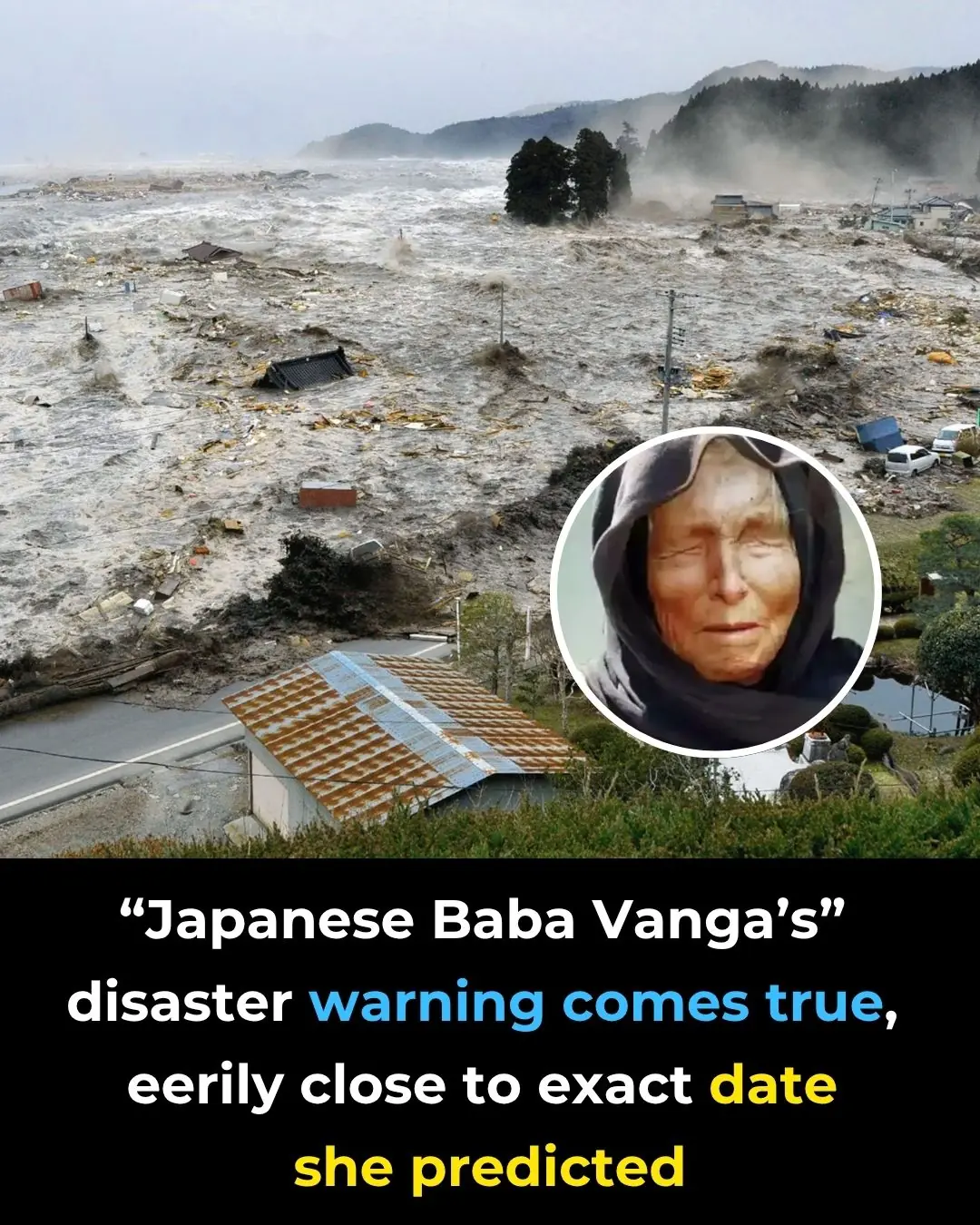
Japanese “Baba Vanga” Meme Resurfaces After July 2025 Tsunami Triggers Alerts

Why you should always put a coin in the freezer before you leave home
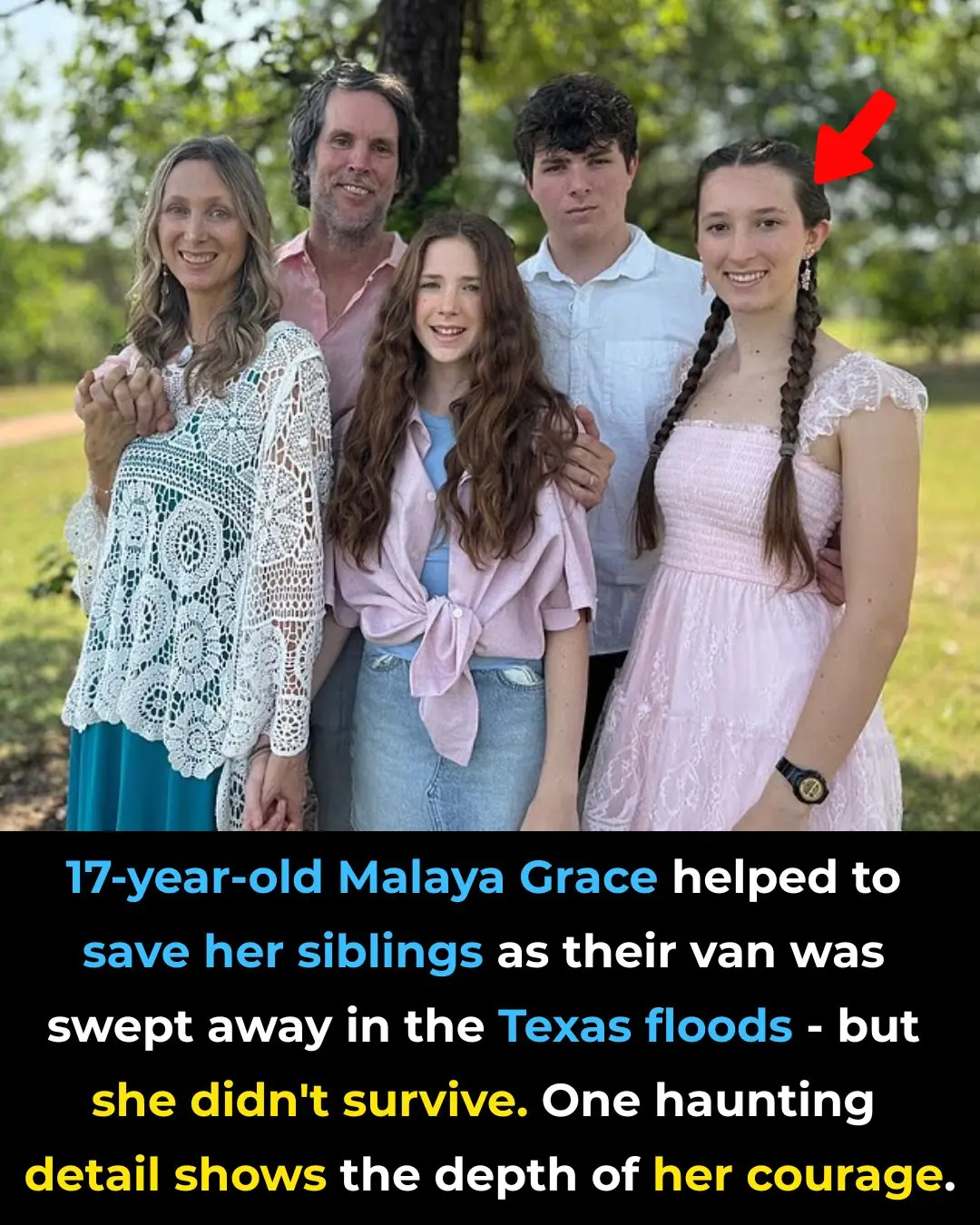
Heroic Teen Malaya Grace, 17, Dies After Saving Siblings from Drowning in Texas Floods

Why You Should Never Ever K--ill A House Centipede If You Find One Inside Of Your Home

‘Granny Pods’ Let Aging Parents Stay Close by in Your Backyard

Airport baggage handler issues warning to anyone who ties a ribbon on their suitcase

What Does it Symbolize When a Person Who Passed Away Shows up in Your Dream?

Optical illusion reveals whether you’re an introvert or extrovert

Trapped in Silence: Boy Awakens After 12-Year Coma With Terrifying Secret
Imagine suddenly being trapped inside your own body—fully conscious, aware of your surroundings, but completely unable to move, speak, or communicate in any way. For Martin Pistorius, this unimaginable scenario was reality for more than a decade. His st

Urgent warning issued to all iPhone users following release of iOS 18.6
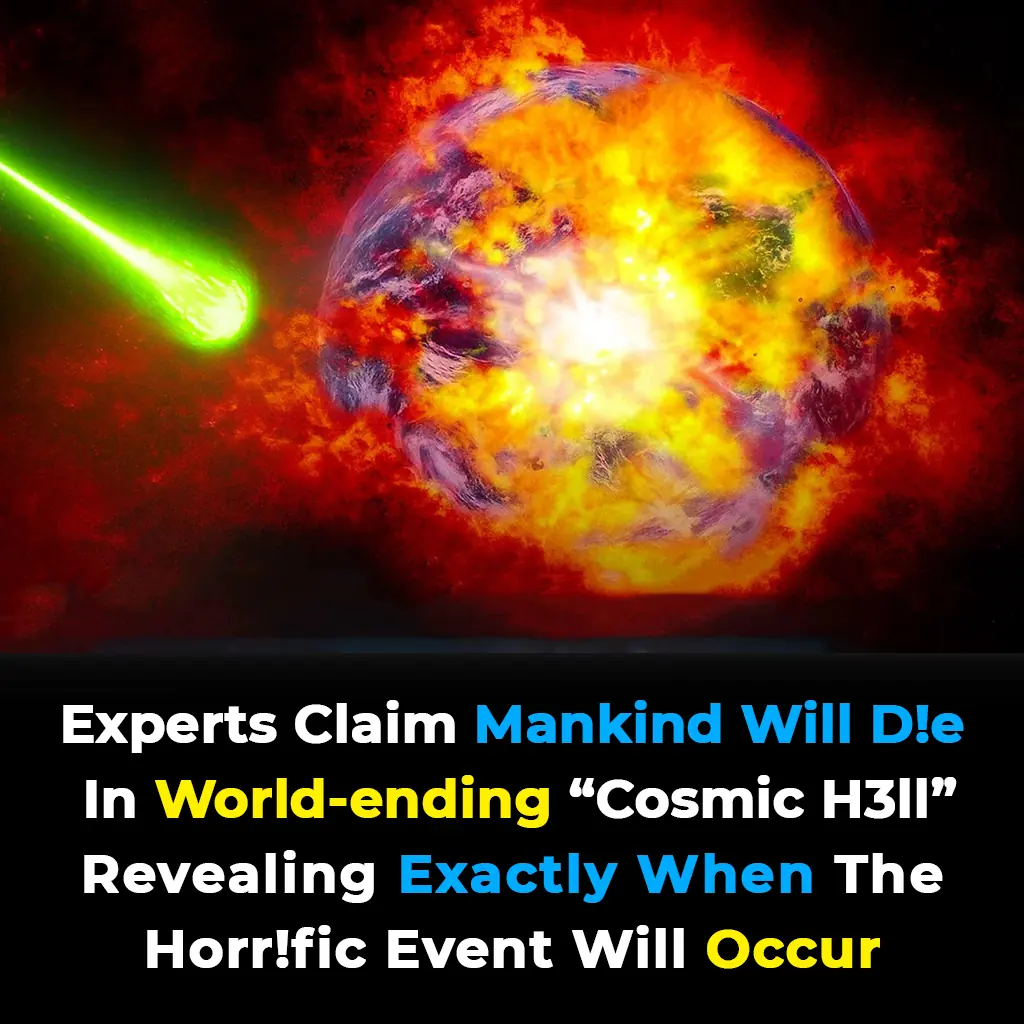
Experts Warn of Imminent 'Cosmic Hell' That Could Wipe Out Mankind, Exact Time Revealed
Though the ending is billions of years away, the emerging evidence is shifting scientific consensus on cosmic fate. Understanding dark energy—the force shaping expansion—is one of the greatest unsolved mysteries in physics.
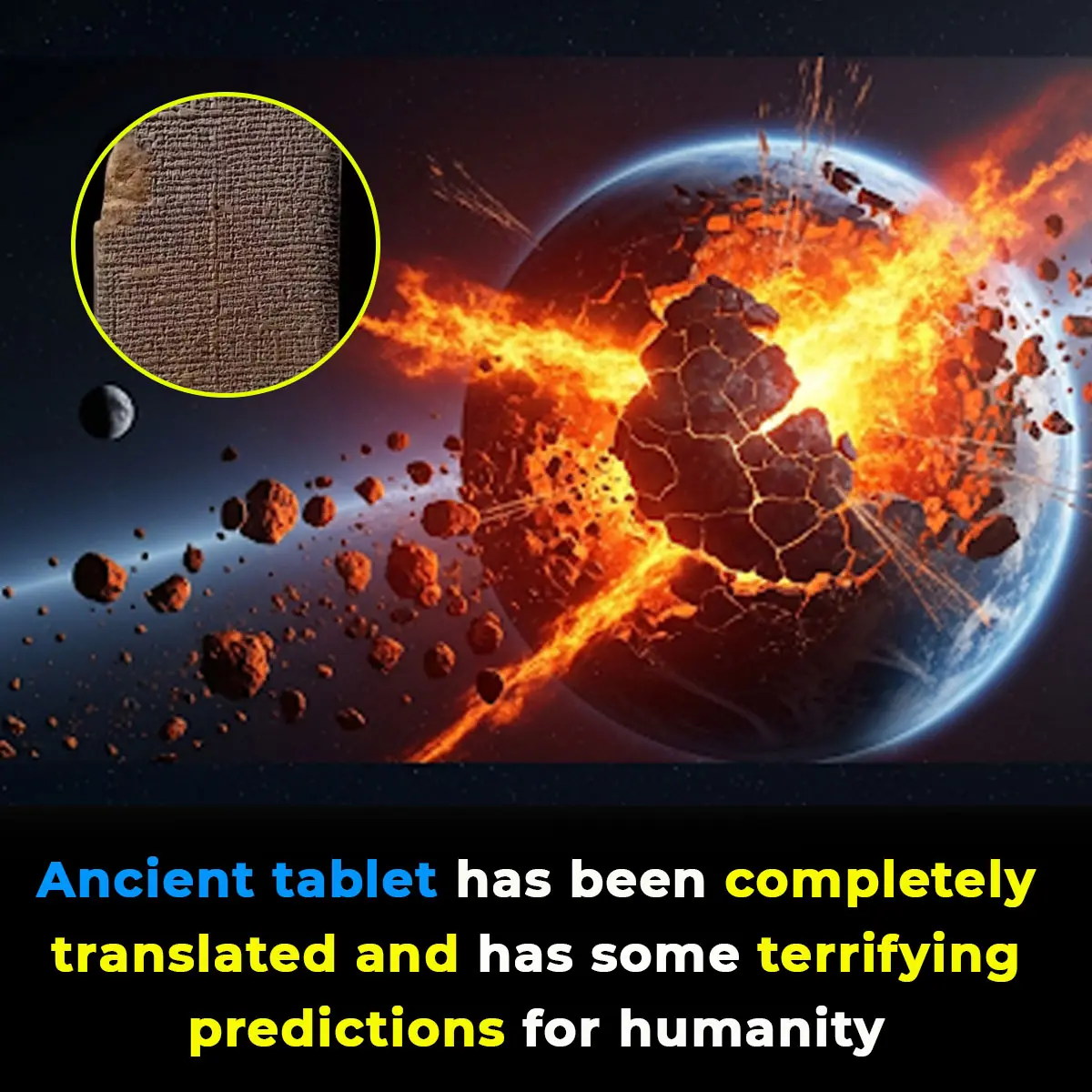
Ancient tablet has been completely translated and has some terrifying predictions for humanity
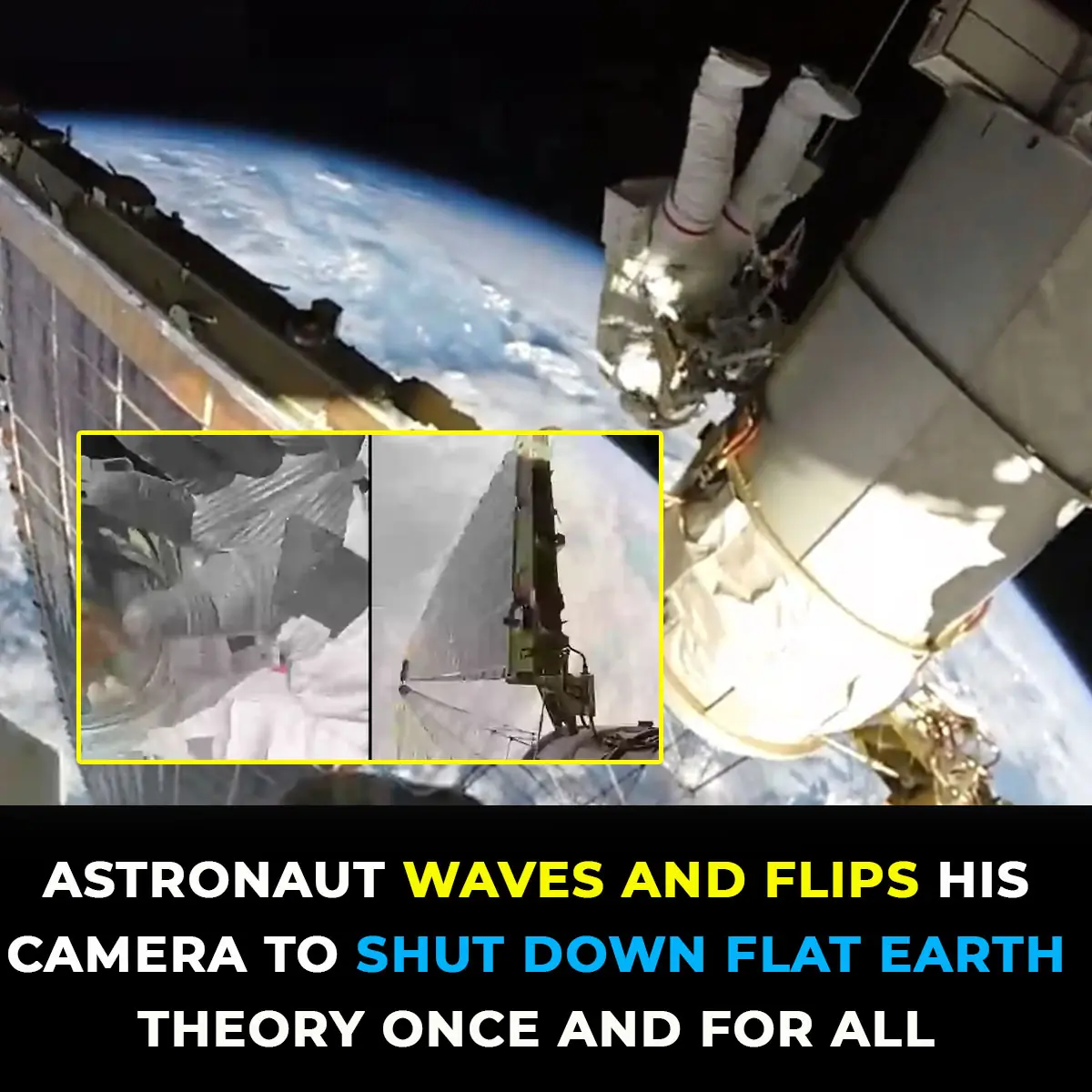
Astronaut Waves And Turns His Camera To Disprove The Flat Earth Theory For Good

Your iPhone’s Volume Buttons Are Loaded with Hidden Features
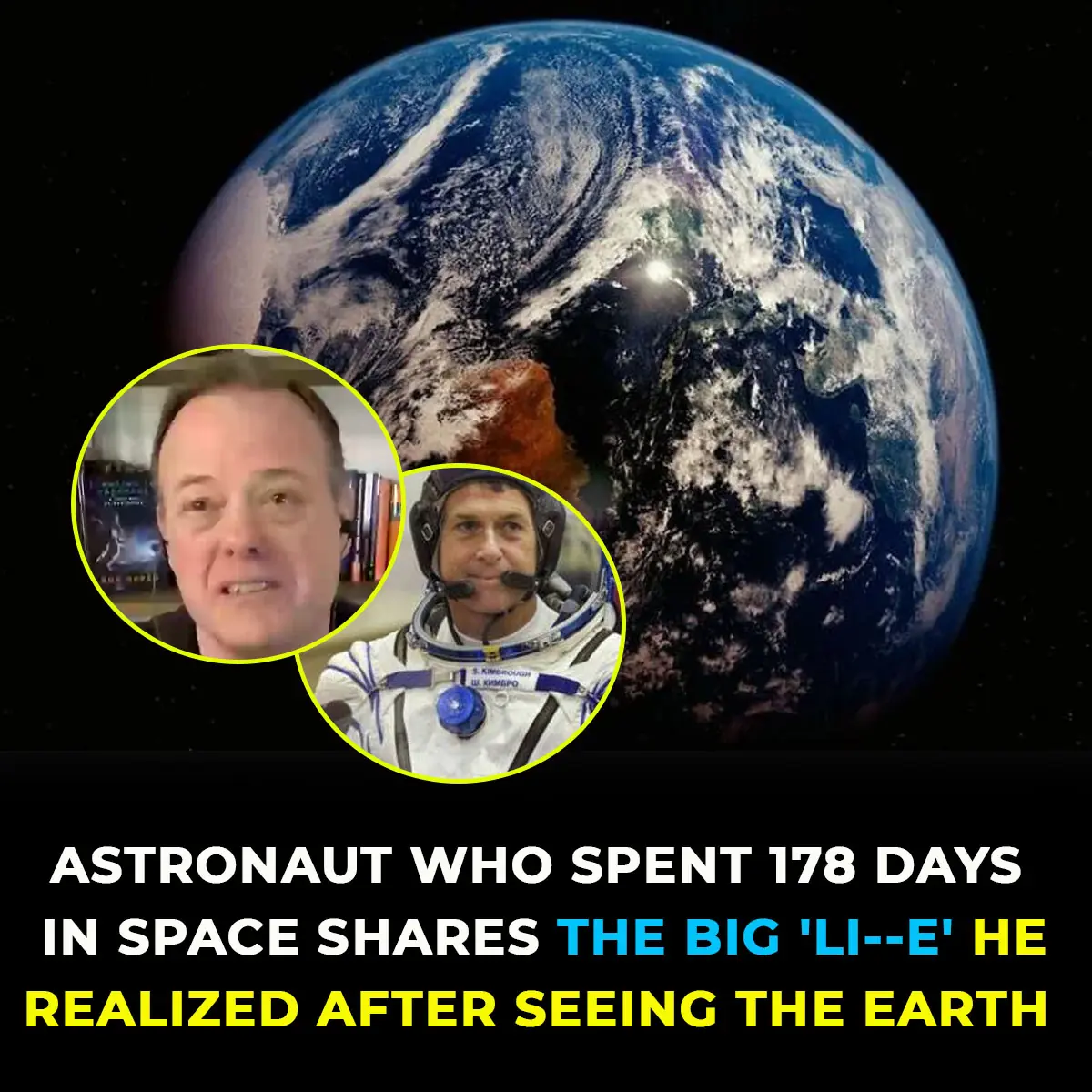
Astronaut shares the profound ‘big lie’ he realized after seeing the Earth from space
News Post

Earth Plunged Into Darkness For Six Minutes In Rare Event Not Seen In A Century

The Hidden Meaning Behind Leg-crossing — It’s More Than Just Comfort

Scientists Warn: Universe’s ‘Self-Destruct Button’ Could Trigger Without Warning

WORLD'S FIRST DATE SOFT DRINK

We weren’t the only humans just the last ones left to tell the tale

Japanese “Baba Vanga” Meme Resurfaces After July 2025 Tsunami Triggers Alerts

Top Signs of Iron Deficiency and How To Increase Iron Levels In Your Blood

Doctors Suspected Baby Had Mouth Tumor—The Shocking Truth Left Them Speechless

Why Some People Never Break A Bone—3 Wild Theories Explained

JAW DROPPING SIMULATION SHOWS WHAT HAPPENS TO YOUR BODY WHILE FASTING FOR 36 HOURS TO ACHIEVE 'FULL RESET'

Why you should always put a coin in the freezer before you leave home

6 Health Benefits of Sleeping In a Cold Room and How to Make it Cooler- And Why You May Not Want to Use a Fan

Dentists Explain What Those Black Triangles Are Between Your Teeth

Heroic Teen Malaya Grace, 17, Dies After Saving Siblings from Drowning in Texas Floods

Silent Walking’ Is The Latest Trend Gen Z Are Obsessed With

Why You Should Never Ever K--ill A House Centipede If You Find One Inside Of Your Home

‘Granny Pods’ Let Aging Parents Stay Close by in Your Backyard

Airport baggage handler issues warning to anyone who ties a ribbon on their suitcase
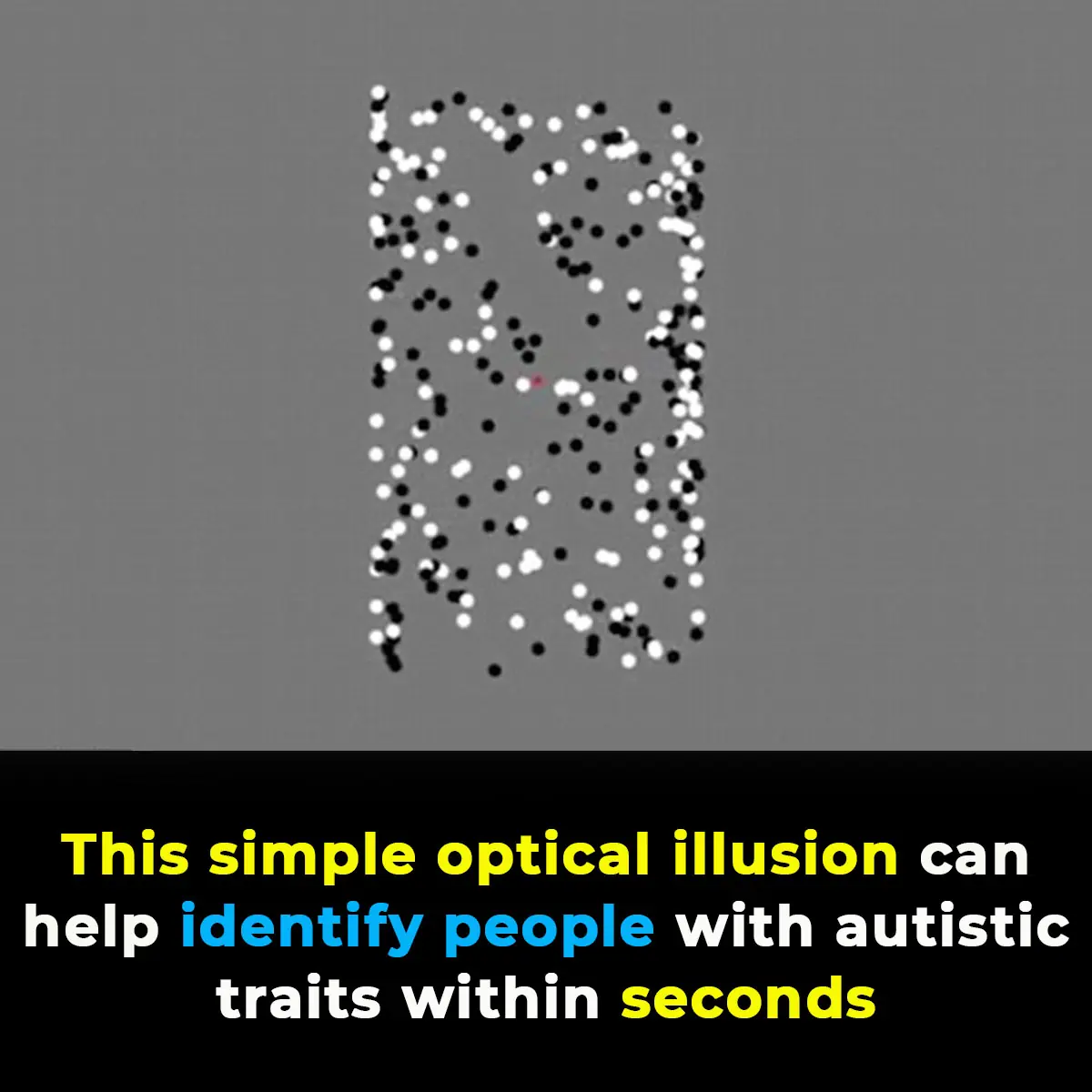
This optical illusion may help identify autistic traits in seconds
